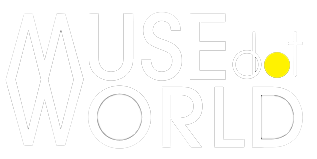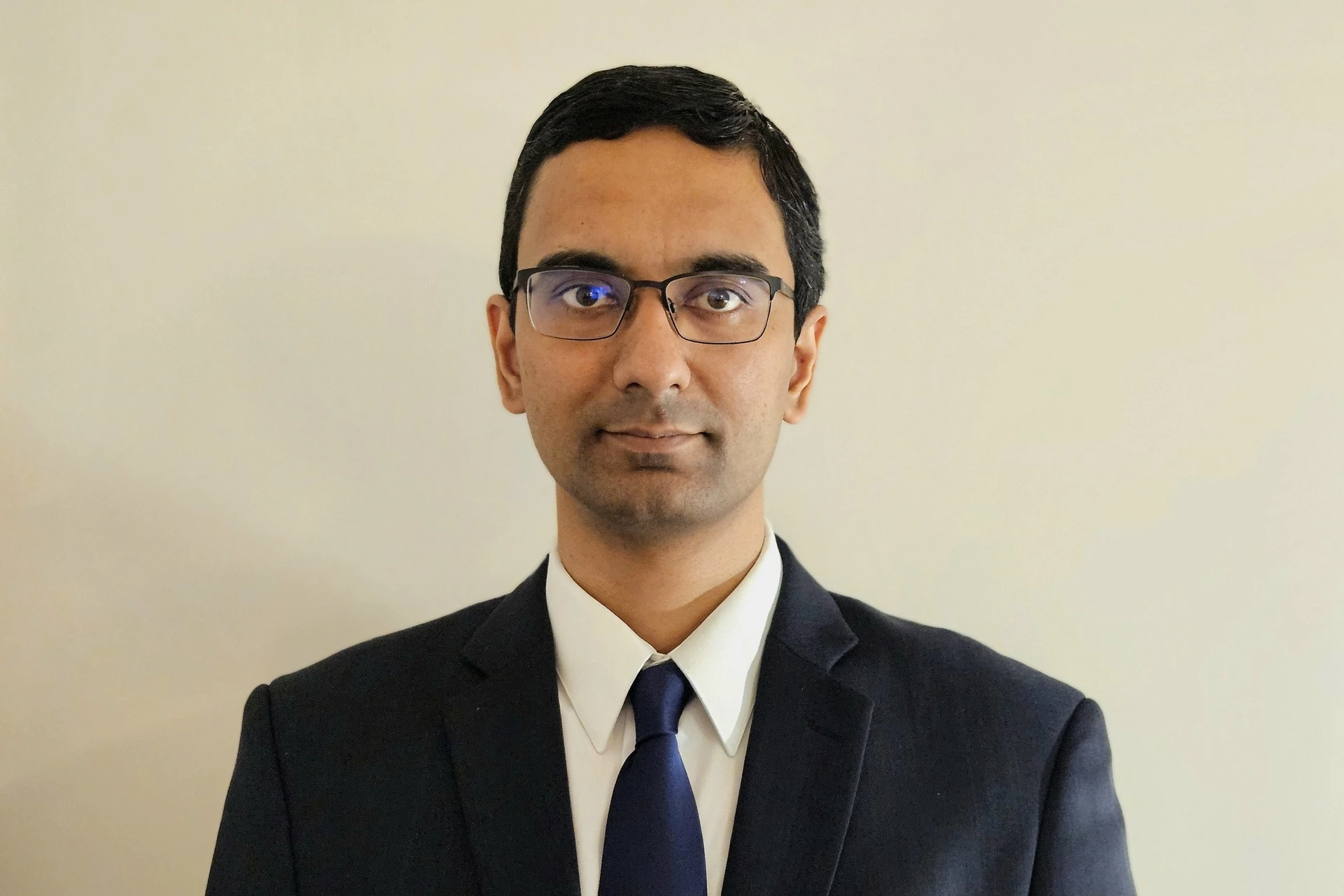Interview with Avinash Pathak | A Pioneer of Advanced System Engineering

Interview with Vamshidhar Reddy Vemula | A Strategic Software Engineer
January 13, 2025
Anna Izmailova: Leading the Charge in Advancing Animal Welfare through Innovation
January 13, 2025Avinash Pathak
Avinash Pathak is a senior systems engineer at Cisco Systems with over a decade of experience spanning AI, data analytics, nanotechnology, and data center automation. His work integrates interdisciplinary insights to craft innovative engineering solutions, with a focus on real-world impact and advancing technological boundaries.
I am Avinash Pathak, a senior systems engineer at Cisco Systems with over a decade of experience in a varied set of technologies including data center automation, Artificial Intelligence, statistical modeling, data science and analytics as well as nanotechnology, micro-fabrication and sensors.
Throughout my career, my aim has been to create novel solutions to real-world engineering problems by combining a varied set of specializations and interdisciplinary insights. As a result, my research, publications, patents, and innovations have implemented ideas and tools from several fields.
I have had the privilege of working across industries, research institutions, and universities. My alma mater, the University of Missouri, was deeply impactful towards my focus on research since my Master's work on nano-fabrication, data analytics, and sensing was interdisciplinary and resulted in patents and papers across several fields, including materials science, electrical engineering, biochemistry, and sensors.
Similarly, the Karlsruhe Institute of Technology, which works on cutting-edge scientific research, gave me a way to bridge the research gaps across electronics, data science, and nanotechnology.
My current organization, Cisco Systems, has significantly impacted society by advancing global connectivity through its networking and data center solutions, enabling businesses and individuals to communicate and collaborate efficiently across the globe. It has driven innovation in technology infrastructure, supporting digital transformation across industries, improving productivity, and fostering economic growth.
My primary innovation was in the creation of a novel plasmonic grating-based platform for single-molecule detection. This platform improved the detection capabilities for a wide variety of applications, including healthcare, law enforcement, electronic circuits, etc., while also reducing the costs to allow the technology to be used across the globe.
I then used data insights from my research work to create a predictive analytics platform that is able to recognize patterns and predict potential failures in a wide variety of data center software and hardware applications in order to improve system stability. This improves uptime, reliability, and end-user trust, which reduces waste across applications.
The idea for the nano-sensor started as an observation that most of the current platforms in the market either lacked the resolution and accuracy to image single molecules or were extremely expensive, resulting in their use becoming unrealistic, especially in developing economies where they could revolutionize healthcare for a large number of people. The use of low-cost platforms that are already well-developed to create a new nano-sensor would solve both of these problems.
For the predictive analytics platform, the idea came into being based on the inefficiencies I observed in the data center monitoring. The reliability of mission-critical components was often not modeled through data-driven techniques, resulting in failures and downtimes that could have been predicted with a better statistical platform.
I would advise aspiring innovators to stay curious and open-minded, always seeking to learn and explore new possibilities. Embrace failure as a stepping stone to success and view challenges as opportunities for growth.
Surround yourself with diverse perspectives, collaborate with others, and remain persistent in your pursuit of impactful solutions that address real-world problems. Most importantly, stay passionate about your work and let that drive you to make a meaningful difference.
Throughout the innovation process, I stayed motivated and focused by keeping a clear vision of the impact I wanted to achieve and breaking down the larger goal into manageable steps. Regularly setting and celebrating small milestones helped maintain my momentum.
I also surrounded myself with a supportive team and mentors who offered encouragement and diverse perspectives, which fueled my passion and kept me aligned with my objectives. Additionally, I made time for reflection and learning, ensuring I stayed adaptable and resilient in the face of challenges.
Successful innovation requires a blend of key skills and qualities, including creativity to generate novel ideas and critical thinking to evaluate and refine them. Strong problem-solving skills are essential for navigating challenges, while adaptability allows one to pivot and adjust strategies as needed.
Effective communication and collaboration are crucial for working with diverse teams and stakeholders. Persistence and resilience help maintain momentum despite setbacks, and a passion for learning drives continuous improvement and staying ahead of trends. These qualities collectively foster an environment where innovation can thrive.
In the next 5-10 years, I see innovation in my industry being driven by advancements in technology, such as artificial intelligence, machine learning, and automation, which will enable more personalized and efficient solutions. There will likely be a greater emphasis on sustainability and ethical practices as industries strive to address global challenges like climate change and resource scarcity.
Additionally, increased connectivity and data analytics will transform how businesses operate, leading to more agile and responsive models. I anticipate a continued focus on collaboration across sectors to foster interdisciplinary innovations that can tackle complex issues and create far-reaching impacts.
I would like to convey that innovation is accessible to everyone, and the key is to remain curious and open to new ideas. Don't be afraid to take risks and learn from failures, as they are often stepping stones to success. Stay passionate and persistent, and seek out opportunities to collaborate with others who can offer diverse perspectives and skills. Remember that every small step toward solving a problem can lead to significant change, so keep pushing boundaries and believe in your ability to make a meaningful impact.
Winner Entry
Technical Consulting Engineer: Statistical Modeling & Analytics | TITAN Innovation Awards
Avinash's groundbreaking work in nanotechnology and data analytics has led to significant advancements in both scientific research and practical applications. In his role at the University of Missouri, Avinash developed a novel plasmonic grating-based platform for single-molecule imaging and detection.
This innovative technology utilizes nanostructured gratings created through a cost-effective micro-contact printing process using HD-DVD substrates. The resulting detection platform... (read more here)
Avinash Pathak
Avinash Pathak is a senior systems engineer at Cisco Systems with over a decade of experience spanning AI, data analytics, nanotechnology, and data center automation. His work integrates interdisciplinary insights to craft innovative engineering solutions, with a focus on real-world impact and advancing technological boundaries.
Read more about the interview with Anna Izmailova: Leading the Charge in Advancing Animal Welfare through Innovation here.

